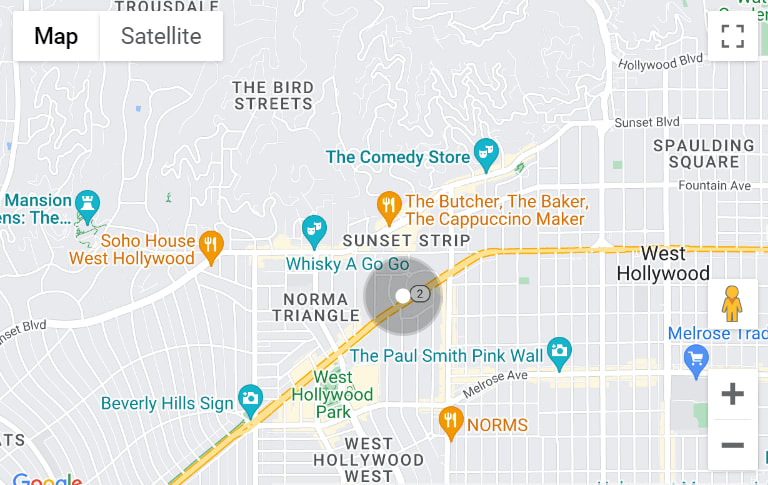
-
COMPASS
891 Beach Street
San Francisco, CA 94109
-
JEN PASSETTI | CA DRE# 02150041
Let’s set the record straight: mortgage rates aren’t high—they’re just higher than what we saw in 2020 and 2021. Back then, rates were artificially low to combat a global pandemic, economic recession, and high unemployment. Those low rates were meant to fuel a struggling economy.
Now, rates are up, but here’s the thing—higher rates are a sign of a stronger economy, robust consumer spending, and low unemployment. The Federal Reserve is watching one key thing: jobs. If employment weakens, the Fed might cut rates again. But that also often means rising job losses, especially in sectors like tech here in San Francisco. Companies and even governments are quick to reduce staffing to manage costs.
While higher mortgage rates make borrowing more expensive, it’s important to note that when the economy is strong, job security tends to be better. So, securing a mortgage while unemployed? Good luck, unless you have significant assets or alternative income.
And here’s how this plays out locally:
While lower rates can drive more buyers into the market, they also increase competition and push prices higher. And, if the economy slows, unemployment rises, and consumer spending drops, we could see lower rates—but that often increases the divide between the haves and have-nots.
So, for buyers, sellers, and renters in San Francisco: things may not be perfect, but they could be a lot worse. The market fluctuates, but understanding how these cycles work can help you make smarter moves.